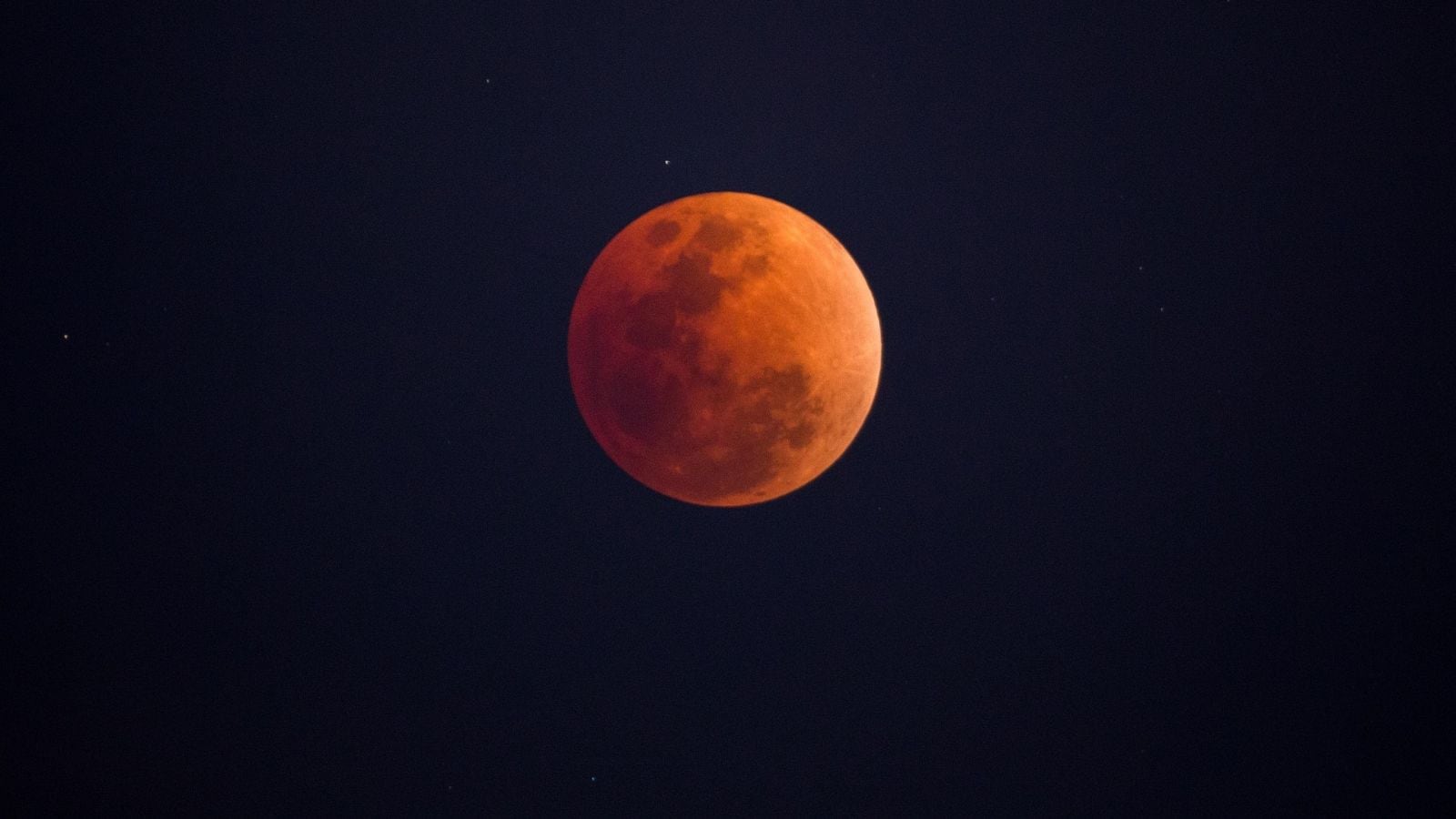best places, when, how to watch red blood moon during total lunar eclipse in march

Get ready to witness the first lunar eclipse of 2025 on March 14, as the sky will be illuminated by a stunning red-hued moon, known as the blood moon. This total lunar eclipse marks its return after nearly three years––the last one occurring in 2022––offering a breath-taking view of a total moon in a reddish hue. However, only select regions in the world will have the privilege to witness this celestial spectacle in its entirety. Viewers in North and South America will experience the total eclipse, expected to last for over 65 minutes.
The penumbral eclipse begins on March 14 at 03:57:28 UTC (09:27:28 IST), with the maximum total lunar eclipse occurring at 06:58:43 UTC (12:28:43 IST). The penumbral eclipse will end at 10:00:09 UTC (15:30:09 IST), according to timeanddate.com.
Unfortunately, India won’t be able to observe this total lunar eclipse directly, but viewers can watch the event via live streams on social media platforms.
What makes this total lunar eclipse a blood moon?
Not every lunar eclipse is called a blood moon, but every blood moon represents a total lunar eclipse. Setting aside myths and legends—such as the Norse tale of Hati, a giant wolf chasing the moon, or the Hindu myth of Rahu being beheaded by Lord Vishnu after drinking the nectar of immortality—scientists have an explanation.
According to astronomers, a blood moon occurs when Earth comes directly between the Sun and the moon. A process called Rayleigh scattering causes the moon to appear red instead of dark. This happens because shorter-wavelength light (blue) is scattered, while longer-wavelength red light passes through the Earth’s atmosphere, making the moon appear red.
Depending on external factors such as atmospheric conditions and light pollution, the moon, during a blood moon phase, may appear red, orange, or copper-coloured.
© IE Online Media Services Pvt Ltd




